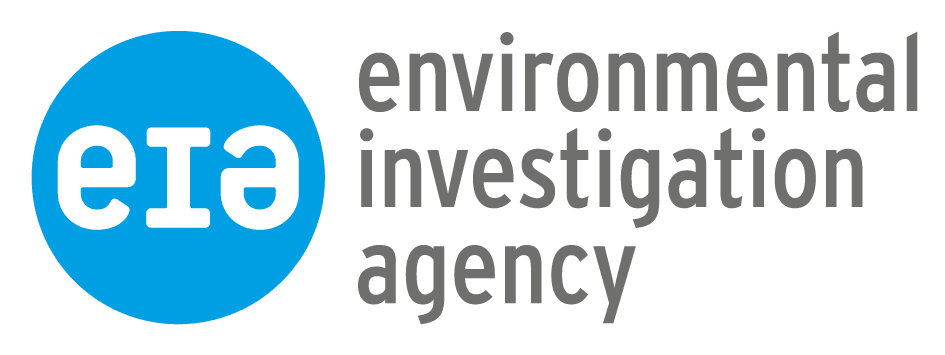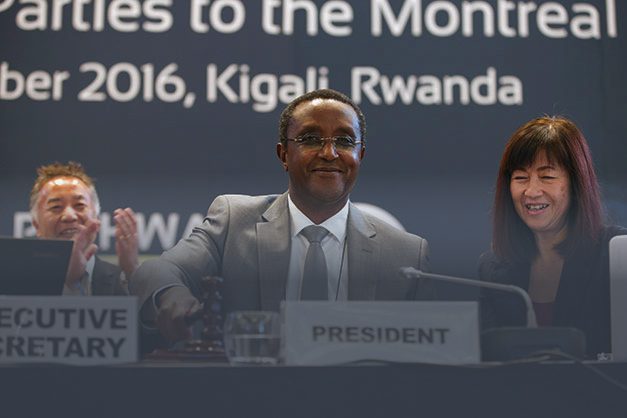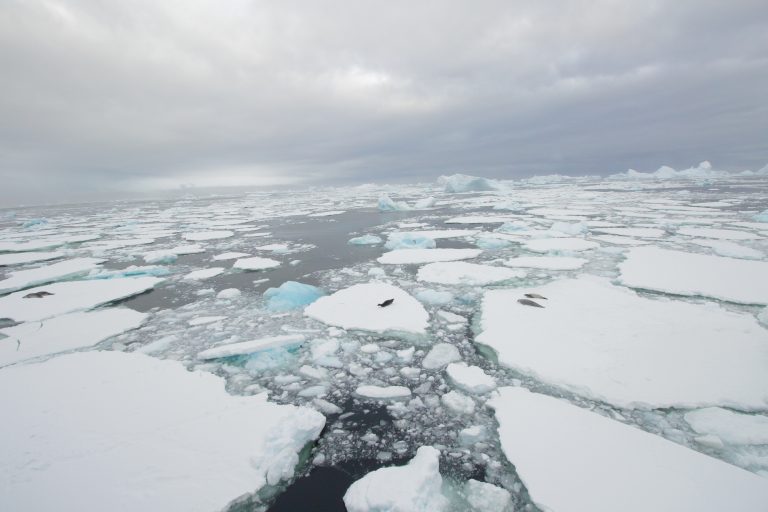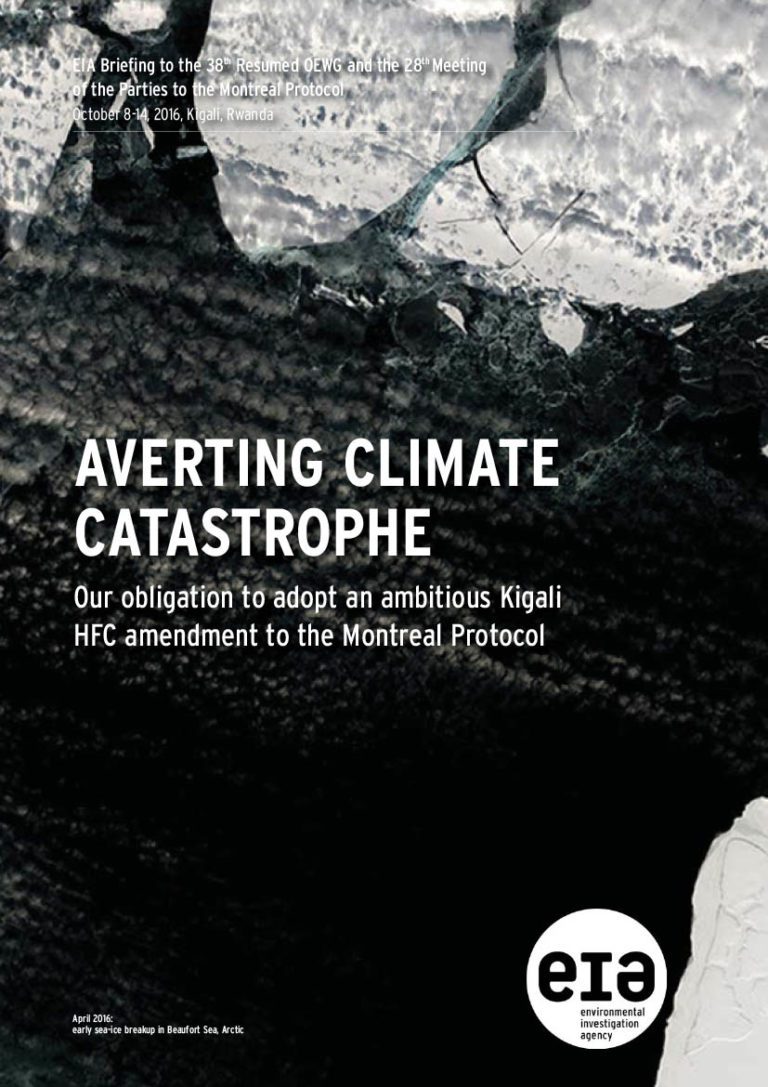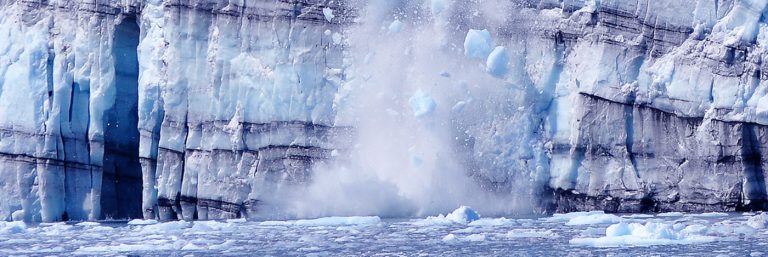The problem
All life on Earth is dependent on the ozone layer, a thin stratum of gas in the upper atmosphere which shields the planet’s surface from about 99 per cent of harmful solar ultraviolet radiation. In 1974, Mario Molina and F. Sherwood Rowland published groundbreaking scientific research showing that chlorofluorocarbons (CFCs) could destroy ozone in the Earth’s stratosphere. Concern over CFCs grew and the 1985 discovery of the ozone hole over the Antarctic by British researchers Joseph Farman, Brian Gardiner and Jonathan Shanklin sharply focused world attention on CFCs and stratospheric ozone depletion. Two years later, the Montreal Protocol on Substances that Deplete the Ozone Layer was concluded at Montreal on 16 September, 1987 and came into force on 1 January 1989.
EIA’s initial involvement with the Protocol was to expose the scale of illegal trade in CFCs, which represented 20 per cent of global CFC trade by the late 1990s, and to push for improved enforcement and licensing requirements.
While continuing to monitor and expose ODS illegal trade, we have increasingly focused on the climate impact of ODS and their replacement chemicals. In 2007, the Parties to the Montreal Protocol accelerated the phase-out of hydrochlorofluorocarbons (HCFCs), ODS that were developed as more benign CFC substitutes. A key motivation for the 2007 agreement was the climate benefits such an accelerated HCFC phase-out would bring. At the same time, Parties began to discuss the possibility of adding hydrofluorocarbons (HFCs) to the list of controlled substances, even though HFCs were not ODS.
An amendment proposal in 2009 submitted by the Federated States of Micronesia and Mauritius kickstarted years of negotiations, which culminated in the adoption of the Kigali Amendment in 2016. The Kigali Amendment will phase down HFC consumption and production based on the carbon dioxide equivalent (CO2e) by 80-85 per cent by 2045. According to the most recent (2022) assessment by the Montreal Protocol’s Scientific Assessment Panel, this will avoid as much as 4.3 billion tonnes of CO2e (GtCO2e) HFC emissions per year by 2050 and reduce global average warming by almost half a degree by the end of the century.
